Do you need User Research if you regularly talk to your customers? The answer may surprise you.

Market Research vs User Research
Article Jan 16, 2021
Carrie Nickels
Research is the first step to successful product design, development, and launch. But what kind of research should you do?
Many people confuse market research with user research. While both can help you gain insights about the end-users, they have different objectives and focus on other variables.
What Is the Difference Between Market Research and User Research?
Market research helps you define an audience for a product and sell it to a target market. It enables you to understand potential buyers' attitudes and predict the likelihood of them making a purchase. It provides insights to identify gaps in the existing market so you can position a product to fill them profitably.
Market research is typically a large-scale study conducted through surveys and analyses of secondary data. It aims to determine a viable market that's most likely to purchase and use a product. It provides insights about the audience segment (e.g., size, spending power, locations) to inform your marketing strategies, such as advertising, messaging, package design, and more.
On the other hand, user research focuses on how your target audience interacts with a product. The qualitative process uncovers unknown needs and provides insights into improving the user experience (UX) so that the product will appeal to the intended market and accommodate users' needs.
User research often has a smaller sample size but goes deeper into how the subjects think and act when they engage with a product. You'll learn the relation between the users' behaviors and the product's design. These studies emphasize the usability and usefulness of the product to make it more desirable for the target audience.
What Is the Value of User Experience Research When You Talk to Your Customers All the Time Anyway?
Let's hop into the time machine and go back 15 years. People thumb-typing furiously on a Blackberry could not tell you that they want a phone that can also play music, surf the web, stream videos, check the weather, find a date, and record their sleep pattern.
As Steve Jobs summed it up, "A lot of times, people don't know what they want until you show it to them."
Customers may tell you what they think they want, but they won't know if that's actually what they want until they engage with the product! The proof is in the pudding, which is how users interact with a product.
We believe that users are brilliant -- but we need to know how to extract insights from them to design a product that meets their expectations. Here's where user research comes in to bridge the gap and why you need it:
A Methodological and Measurable Process
UX research uses both qualitative and quantitative approaches (e,g., moderated interviews, data analytics) to methodologically evaluate how users interact with a product and the problems they encounter during the process to identify unmet needs.
The product can then be improved and tested again using the same method to validate the enhancements and ensure that they're meeting users' expectations. By taking the guesswork out of the product development process, you can shorten the timeline and reduce the cost of bringing a product to market.
A Truly Relevant Design
User research is the only way to truly understand how people use a product so you can create a design that's most relevant to your market. The process enables the design team to empathize with the users by considering the context in which the product is used.
Simply getting people to buy a product won't lead to long-term success if they don't continue to use it. Making a product easy and pleasurable to use is the key to increasing adoption, which builds customer loyalty and advocacy.
A Demonstration of the ROI of UX Design
A well-designed user experience helps minimize costly changes further into the product development process. Yet, many stakeholders fail to recognize the value of UX design due to its less tangible nature.
The methodological and measurable approach of user research can demonstrate how UX design can make a product more appealing to users, generate more sales, or make a work process more efficient. By quantifying the benefits, you can get the support and resources to create a UX that can effectively increase adoption, improve customer satisfaction, reduce customer service calls, and stay relevant in the marketplace.
Final Thoughts
Both market research and user research are essential to supporting the design, development, and launch of a product. They complement each other to create a product that meets market demand and customer expectations. The key is to use the appropriate research methodology at the right time to gain the most relevant insights to inform your process.
Looking for a guide on your journey?
Ready to explore how human-machine teaming can help to solve your complex problems? Let's talk. We're excited to hear your ideas and see where we can assist.
Let's Talk